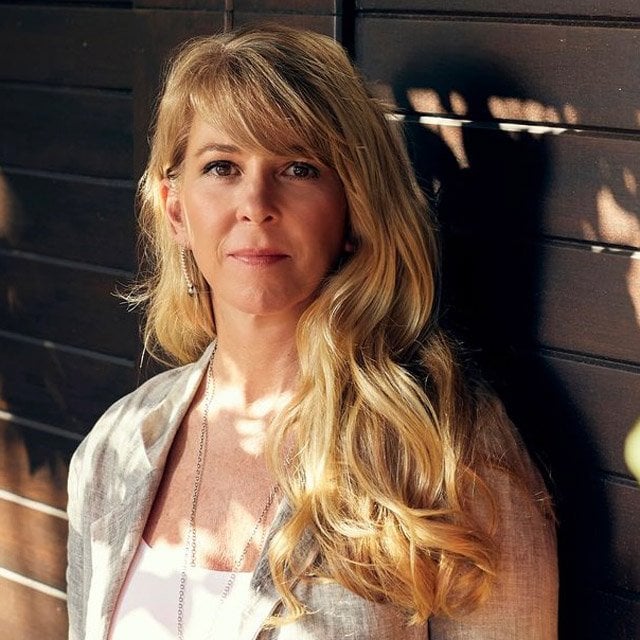Schwab's Sonders Is Waiting to See What Might 'Break' in Economy

An example, she noted, is that the effective mortgage rate is about half the rate for new home loans, as homeowners hold on to properties and mortgages they secured when rates were low.
“There’s still a coming-home-to-roost environment here as it relates to weaker companies, the zombie companies,” Sonders said. “It’s coming on the consumer side of things, admittedly down the income spectrum, into subprime where you’re looking at delinquencies, lateness on auto loans or mortgage loans, and eventually it starts to creep up.”
New data from the National Federation of Independent Businesses supports these concerns, according to Sonders.
“You’ve seen a deterioration in confidence,” with inflation tied with broad labor concerns as the biggest worries for small businesses, she said.
Among other pressures, Sonders noted, excess consumer savings from pandemic-era payments are declining, with perhaps another quarter’s cushion, and paused student loan repayments are resuming this month.
Psychology drives not just markets, she added, but “it drives inflation, it drives the economy, and that … could be one of the things that breaks, is the confidence part” that feeds into inflation and the economy.
Demand for Liquidity
The disinflation occurring along with a massive spike in bond yields has ripple effects, according to Sonders, who suggested that something in the economy could “break” at some point.
“I do worry about the shadow banking system and how much lending has been done there, and that’s where there’s opacity and it’s always hard to know what the thing is that breaks when you have a spike like this in yields,” she said.
Sonders added that she doesn’t know enough about the shadow banking system to judge whether cracks are starting to widen.
Turning to rising bond yields, Sonders noted that the speed of that increase matters more than the level. The yield curve is steepening off a deep inversion, and “that’s the recession signal, not the inversion itself.”
That rising rates are coming with a bear steepener — long-term bond yields rising faster than short term — makes the spike in yields “quite unique,” Sonders said.
“It brings back what was being discussed in 1987 too … the speed,” she added. “Is something going to break, which brings you back to that desire for liquidity as we wait to see what, or if, the things are that break. And I think that that’s all part of the story around the demand for quality and liquidity.”
Pictured: Liz Ann Sonders






